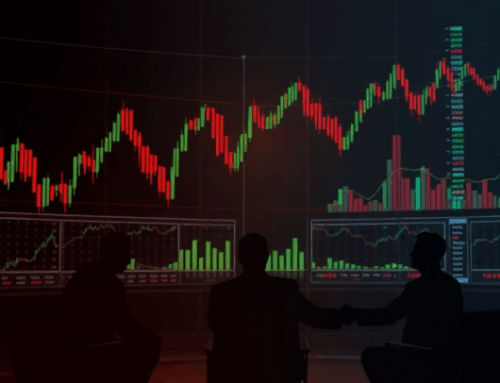Debunking Cannabis Potency Myths
June 25, 2025

From the onset of marijuana prohibition, criminalization advocates sought to advance their agenda — an unduly influence to the public — by sensationalizing the supposed strength of cannabis.
In the 1930s, while lobbying for the first-ever federal ban on cannabis, Bureau of Narcotics Commissioner Harry Anslinger alleged that the marijuana of a century ago was so uniquely potent that it was “entirely the monster Hyde, the harmful effect of which cannot be measured.”
Since then, legalization opponents have repeatedly alleged that cannabis’ potency has exponentially grown stronger. Testifying before Congress in 1996, then-Sen. Joe Biden opined that the potency of 1990s weed was unlike anything America had ever seen. “It’s like comparing buckshot in a shotgun shell to a laser-guided missile,” he said.
Modern day prohibitionists continue to engage in this same rhetorical tactic.
Let’s set the record straight. First, the availability of higher potency cannabis products is not a phenomenon unique to today’s state-legal markets. In fact, more potent products like hashish have always been publicly available.
Typically, when consumers encounter higher strength marijuana, they ingest lesser quantities of it. This self-regulatory process is known as self-titration.
Second, higher potency marijuana products do not dominate state-legal markets. In fact, retail sales records from legal states show that most consumers tend to prefer and gravitate toward lesser strength products.
Third, unlike alcohol (which is readily available in a variety of potencies, including highly-potent formulations like grain alcohol and absinthe), THC is incapable of causing lethal overdose — regardless of its potency or the quantity consumed.
That’s not to say that cannabis products cannot be over-consumed. They can. But in such instances, consumers typically experience only temporary dysphoria (commonly referred to as a panic attack) — the effects of which dissipate within a few hours. (By contrast, alcohol overconsumption is associated with some 2,200 overdose deaths annually.)
Nonetheless, in order to discourage overconsumption, most states regulate certain cannabis products, like edibles, to single serving sizes. All legal states require that products’ potencies appear on their labels so consumers can make informed decisions prior to consuming them.
In some instances, overexposure to higher strength products might induce temporary psychotic-like symptoms. However, such incidents are exceedingly rare and are typically exclusive to those who are either predisposed to or have a preexisting psychiatric disorder. (Notably, exposure to high-potency alcohol also triggers psychosis in certain consumers.)
Specifically, an exhaustive study published in the Journal of the American Medical Association determined that “state medical and recreational cannabis policies were not associated with a statistically significant increase in rates of psychosis-related health outcomes.”
Overall, most Americans are happy with cannabis legalization. Thirteen years into states’ marijuana legalization experiment, public support for making marijuana legal nationwide has never been higher. To date, 24 states have legalized the adult-use market. None of these states have everrepealed their legalization laws. That’s because these policies are working largely as voters and politicians intended — and because they are preferable to cannabis criminalization.
Ultimately, any potential harms associated with cannabis are best mitigated by a policy of legalization, regulation and education. They are only exacerbated by criminalization, sensationalism and stigmatization.
A version of this op-ed was initially published in The Atlanta Journal-Constitution.
Search
RECENT PRESS RELEASES
Related Post



